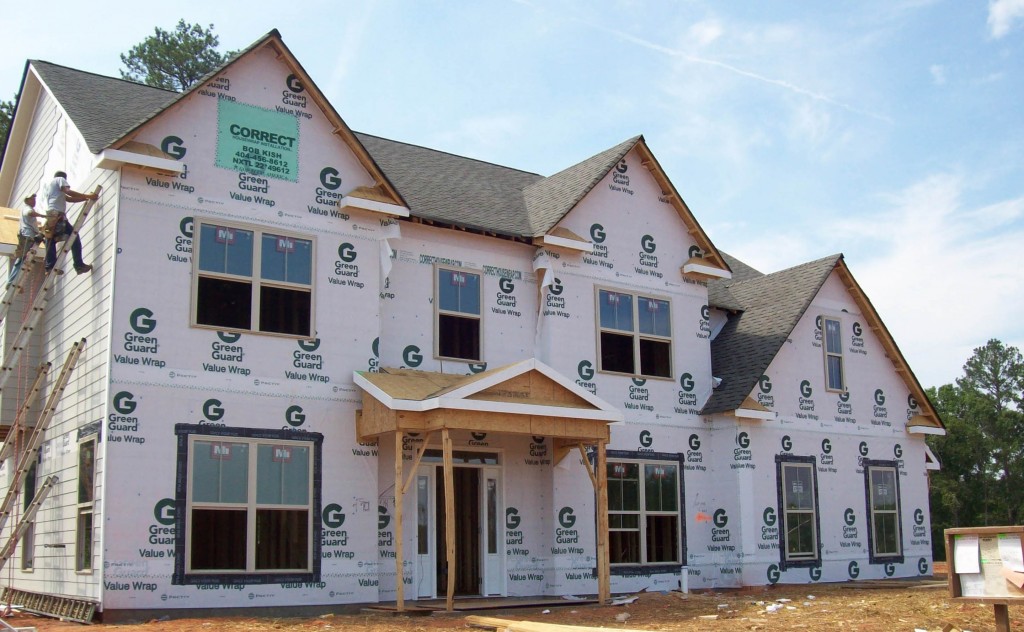Why Formaldehyde Should be Reduced in Bamboo Flooring

Article written by : Valley Furniture Havre
Formaldehyde is made up of a H2CO compound and can possibly used as an adhesive in the production of lower quality bamboo flooring materials. When bamboo flooring is manufactured, bamboo shafts are cut into thin strips and treated in borax for insects and vermin. After boiling, it is shredded or layered under high heat and pressures to create blocks or planks. Whether shredded into a block that can be cut, or glued together in layers, adhesive must be used to keep the materials together. Strong adhesives are necessary to maintain the durability of a bamboo plank, but formaldehyde is an adhesive that should be avoided during the manufacturing of bamboo flooring. Many wholesale bamboo flooring sellers are importers and not manufacturers. It is much cheaper to buy finished bamboo planks or blocks than to treat it here in the United States. While this is acceptable from an ethical standpoint, and manufacture that uses formaldehyde as an adhesive is endangering their workers. This is considered a volatile organic compound and is a health risk to any person at high levels. Although small amounts of formaldehyde is produced as a metabolic by product by organisms including humans, high levels are toxic and should not be present in your flooring. Glued-down flooring has a higher change of including formaldehyde, and it can also be present in sub floor materials. The subfloor is the material used to either nail or glue the planks in place. Cheaper manufacturers have emissions of over .2 parts per million, and .3 parts per million. Most air quality organizations recommend a maximum .1 parts per million worth of formaldehyde in bamboo materials to be safe.

